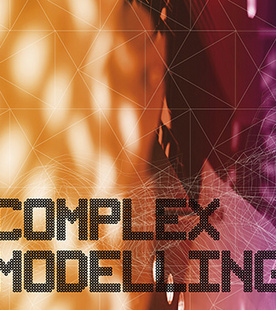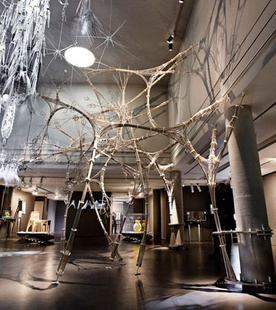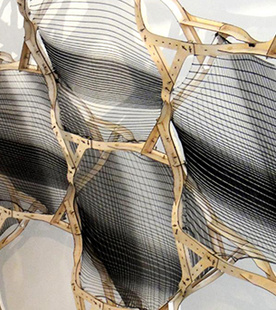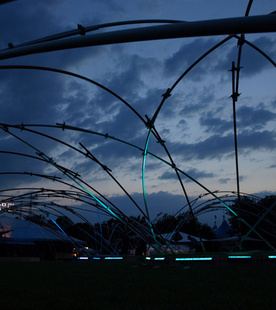What Does It Mean To Make An Experiment?
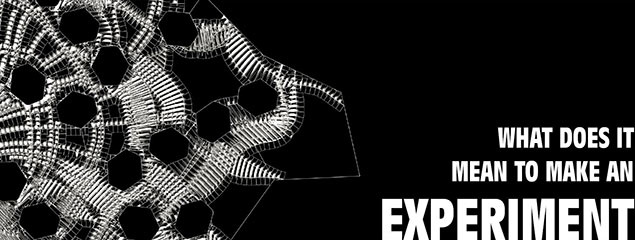
This project is a collaboration between CITA and parts of the School of Design - both now part of the Royal Academy of Fine Arts School of Architecture, Design and Conservation in Copenhagen.
The project investigates the position, role and significance of the experiment within design led research. In architecture and design the experiment is a particular mode of exploring the multiple and heterogeneous intersections that emerge from social, conceptual, technological, material and cultural contexts in which it is sited. This research project aims to develop a new understanding of the role of the experiment in knowledge production.
The project was a three-year interdisciplinary research project instigating new collaborations between the schools of architecture and design and establishing a common platform for practice based research. With a strong focus on computation, material and form it assembled a research team from CITA (Center for IT and Architecture, Architecture School), SuperFormLab and Department of Textiles (Design School).
The project is structured around two main interdisciplinary experiments that pursue well-grounded research at Post-Doc level. These two experiments Number 1 & 2 lead by Paul Nicholas and Flemming Tvede Hansen act as research probes and hold each their particular digital-material relation exploring the ways in which digital technologies are radically expanding our material processes and techniques. The two probes are used as case studies for the larger research investigation providing in-situ evidence of method, material and practice. Four smaller scale experiments were established throughout the course of the project and involve further senior research staff of the partaking institutions in a similar research methodology.
Intersections between the experiments are facilitated through full-day seminar presentations and evaluations with the participation of national and international experts. The project concludes in the symposium and exhibition What Does It Mean To Make An Experiment? showcasing the design processes and experimental results.
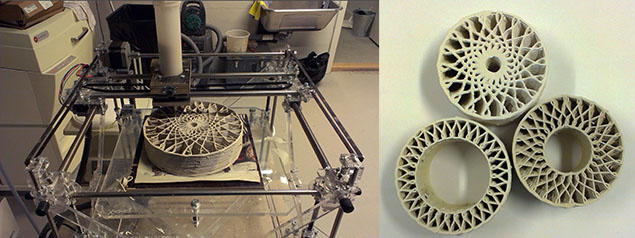
Project Lead
Martin Tamke (Associate Professor at CITA, School of Architecture)
Troels Degn Johansson (Associate Professor and Head of Research at the School of Design)
Research Panel - External
Malcolm McCullough (Theoretician, Author and Professor at University of Michigan, Taubman College of Architecture and Urban Planning , USA)
Carol Collet (Textile Designer and Director of MA Textile Futures Course, Central Saint Martins College of Art and Design, London, UK)
Research Panel - Internal
Mette Ramsgard Thomsen (Professor and Head of CITA)
Thomas Binder (Associate Professor at the Danish Centre for Design Research)
Research Participants
Experiment 1: Transmissive Assemblies
Paul Nicholas, Jacob Riiber
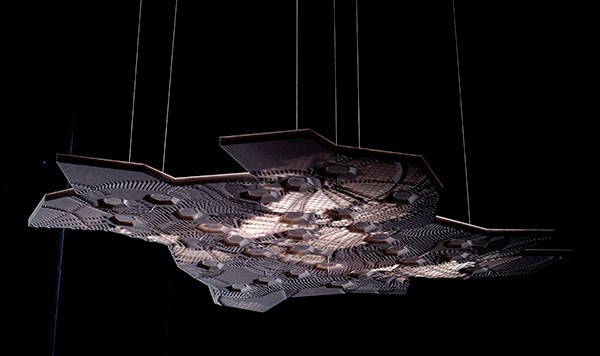
Experiment 2: Sensitive Ceramics
Flemming Tvede Hansen, Henrik Leander Evers, Martin Tamke
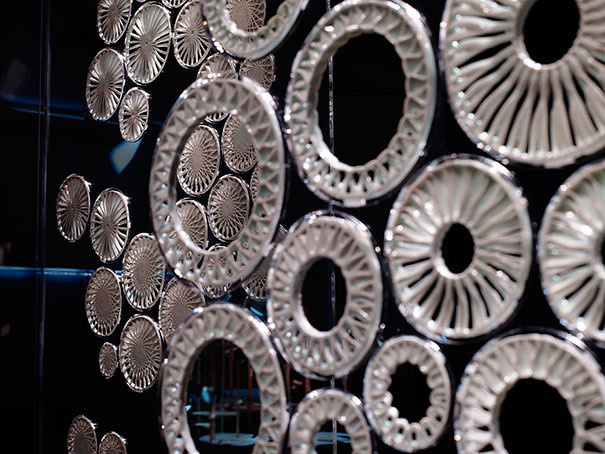
Experiment 3: In the Making
Malene Kristiansen, Mary Ann Hansen
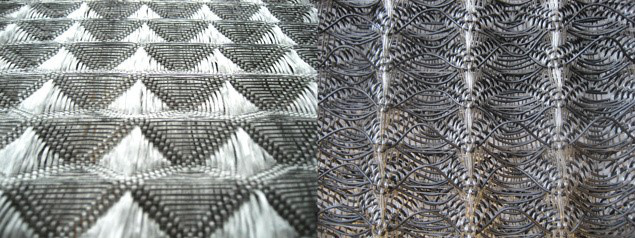
Experiment 4: Persistent Model III
Phil Ayres

Experiment 5: Reflective Growth
Martin Tamke, Henrik Leander Evers, Claus Rytter Bruun de Neergaard
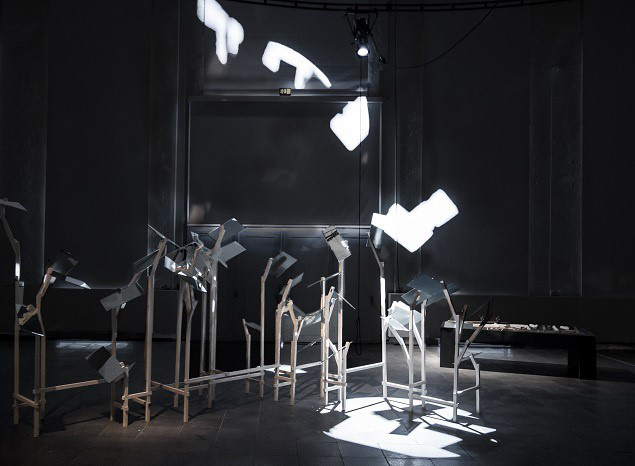
Experiment 6: Learning by an Arch
Mette Ramsgaard Thomsen, David Stasiuk
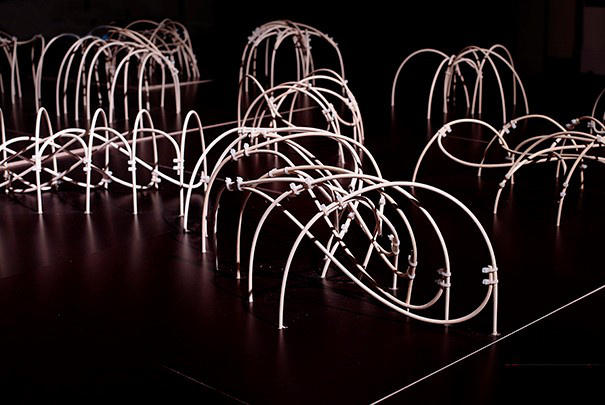
Support
The research project is supported by an internal UMTS grant of the Royal Academy of Fine Arts School of Architecture, Design and Conservation


